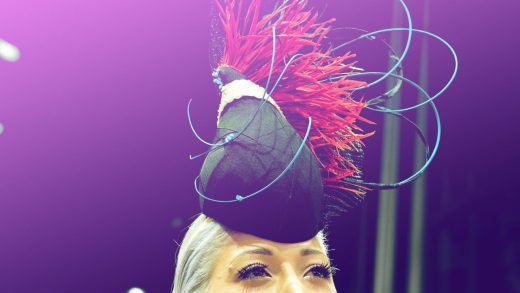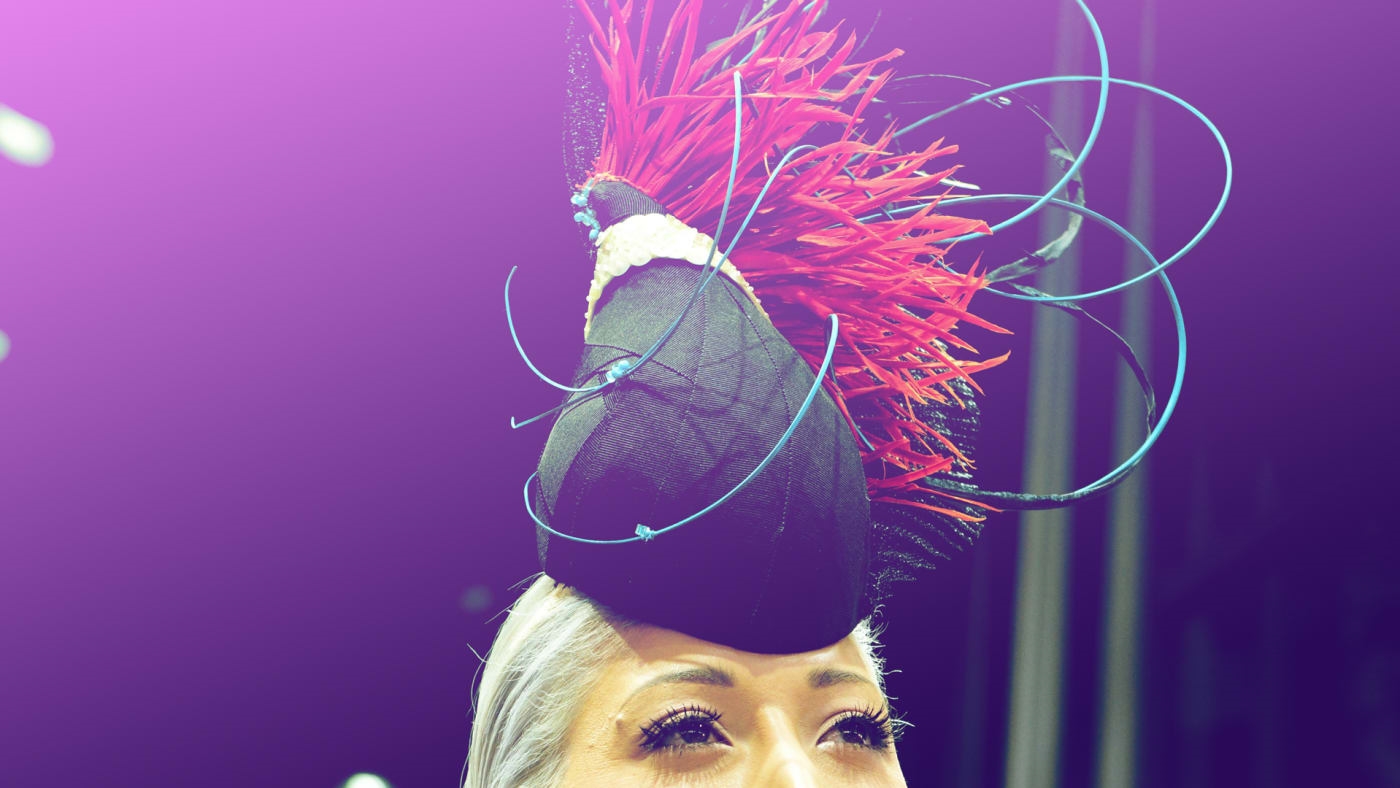How to design a fascinator fit for a royal wedding
It’s almost closing time at Suzanne Couture Millinery, a custom hat shop off New York’s Park Avenue. One of owner Suzanne Newman’s regular customers, an Iris Apfel lookalike, tries on a black hat adorned with a large spider, and then a black straw disc ringed in tiny pink and white beads, bisected by a sharp black feather. One more time, she tries each of them on again.
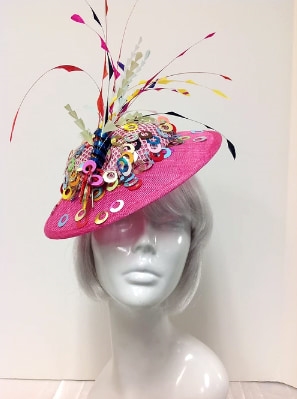
“I’m looking for something casual for the summer,” the regular customer says. She studies her image in a full-length mirror, head tilted, before settling on the beaded design. “Hats should be a little fun.”
“They’re meant to be,” Newman says with an approving nod of her tortoiseshell glasses. She steps behind her desk to ring up the purchase, trailed by her aging pug in his orange Goyard collar.
Women of generations past embraced the fun of hats, using the accessory to showcase their personal style. But that idea can be lost on modern women who, suddenly confronted with a high-stakes event like the Kentucky Derby, struggle to balance unwritten protocols with the desire to make a fashion statement. Adding to the pressure, a hat inevitably gets noticed: Gamblers in the U.K. are already betting on which color hat Queen Elizabeth will wear on Saturday for her grandson’s wedding. (So far, odds are 2-1 in favor of blue.)
Visiting a shop like Newman’s can inspire, but also overwhelm. The hats are dazzling–for example, a base of magenta sequins accented with twirls of thick black wire and a tall feather as exclamation point. On another shelf in the compact shop, navy feathers sprayed silver fan out from a navy straw base. On another, oversize sequins in candy-store colors have been sprinkled across on a bright pink base, from which sprouts a bundle of rainbow feathers cut to look like a burst of confetti. Prices in the shop start around $500, with elaborate designs costing $1,500 or more. But Newman’s primary business revolves around couture hats, made from scratch on site.
“You don’t want to look out of place, especially at a royal wedding,” says Newman, who recently completed a custom creation for a guest attending Prince Harry and Meghan Markle’s nuptials.
For that particular commission, as with all commissions, Newman first asked to see the guest’s outfit–a jacket in a gentle shade of lavender, trimmed with rhinestones. To complement the clothes, she proposed a hat defined by a sloping panel made from beadwork and plastics, in tones slightly darker than lavender. “Everything doesn’t have to be matched,” she says. “You don’t have to match your shoes with your gloves and your gloves with your hat–we don’t do that anymore. But it has to tie in somewhere.”
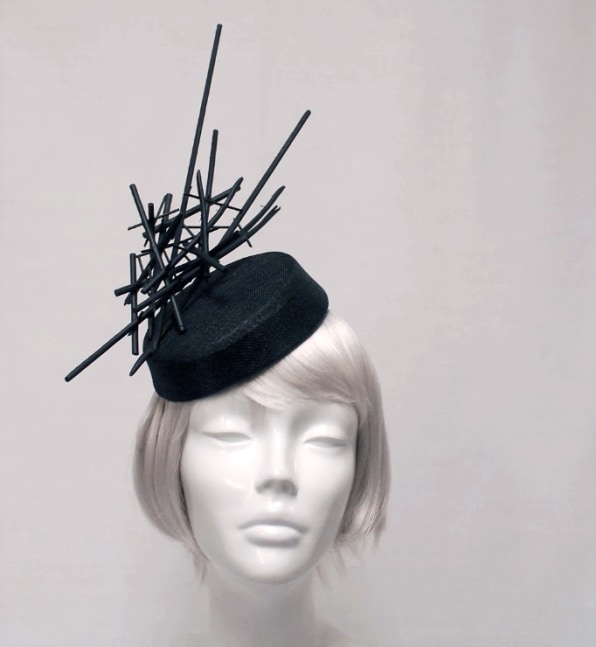
When sizing the hat, Newman tried to find a sweet spot appropriate for a church setting. “You don’t it to be so tall that somebody else can’t see behind you,” she says. On the other hand, “If you have something that’s too small, it looks dinky. It looks like you tried, because you had to, but you didn’t have the confidence–so you compromised. You don’t want to look as if you compromised. You want to have the confidence to wear it and carry it off.”
For Newman, as for most U.S. milliners, spring has become the busiest season for custom orders. In addition to the Derby, there is Ascot, the Central Park Conservancy luncheon, and European wedding season.
Milliner Lisa Shaub operates an atelier in Adrienne’s, a bridal shop in Manhattan’s Lower East Side neighborhood. Increasingly, she has seen clients take their cues from the Duchess of Cambridge, who has re-popularized fascinator-style hats in the U.S. (Up until the 1950s, they were known as “cocktail hats.”)
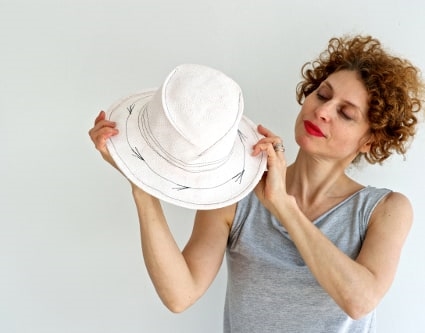
“Kate [Middleton] has really helped our business here in America, with what she wears, because people think she’s just enchanting,” Shaub says. “She does safer England, but for us it looks daring. We might think she’s pushing the envelope, but in England, it’s more conservative.” Fascinators, which perch atop the head, are also popular because of their smaller size, which makes them easier to pack and transport.
Like Newman, Shaub starts with the client’s outfit when making a custom design. “Is the dress very busy, is it very simple.” She recommends a hat shape based on the client’s face and height and sends images of past designs to help narrow the options. “We’re really working hand in hand,” she says of her relationship with her customers. “When they’re coming in for their fitting, they’ve already signed off on the hat.”
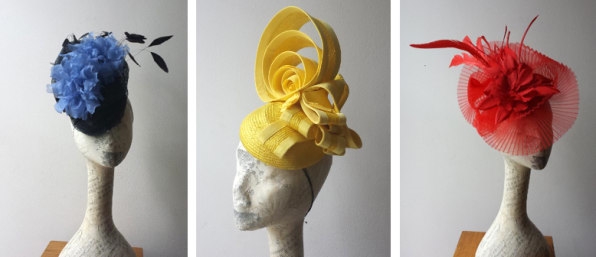
Shaub’s hats start at $95, and can cost as much as $700. Of late, her favorite trim is a grosgrain ribbon from France. “It’s $8 per yard, so it’s expensive. But when you work with it, it just looks gorgeous, like butter,” she says. “[To the client] it looks flat and normal, but another milliner might think, how did you do that? A lake where nothing is moving–that’s the goal.”
In a narrow shop on East 10th Street, milliner Lynn Paik shows off a small-brimmed black hat with cream ribbon and netting that she designed for a client attending a wedding in Portugal this summer.
“I’m an iterative designer,” says Paik, who started her career doing digital design work for large corporations.
For this hat, she created three different netting options, and let the client pick. “Netting or not, flounce or not. That indicates softness, as well as a certain contemporary (or not) feel,” she says. “With the options, you’re trying to be strategic–this is for the softer lady, versus this is for the one that wants more edge.”
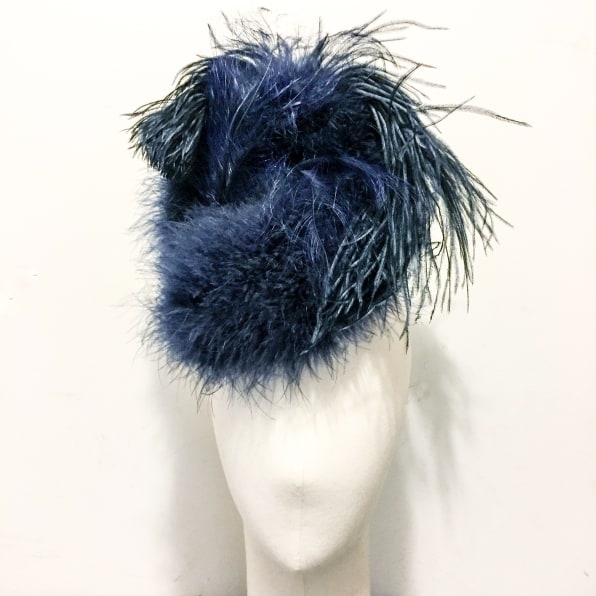
The challenge with fascinators, when adding trim, is the technical construction of the piece.
“The most awkward thing is when you see someone at an event, and they’re holding their hat, or their head is cocked at an angle that’s not flattering because they’re balancing the hat,” Paik says. The trick is to use some combination of elastic, headbands, and combs to distribute the weight in a natural way, and keep the hat in place. “You want to hit the eyebrow–like if you look at ’40s movies, they’re following that line. It’s very flattering.” Most milliners avoid combs, when possible, because of the more complex hairstyling they typically require. If a hat does have a comb, Paik says, the prongs should point forward–because “when you’re drinking and bowing, that’s the way the piece will fall.”
She adds: “Imagine if it fell when you were curtsying the queen!”
Traditionally, there is also a correct eyebrow that fascinators should angle toward–the right. For centuries, women have worn their hats up to the left and down to the right, thanks to a precedent set by artist Jean-Antoine Watteau in his rococo paintings.
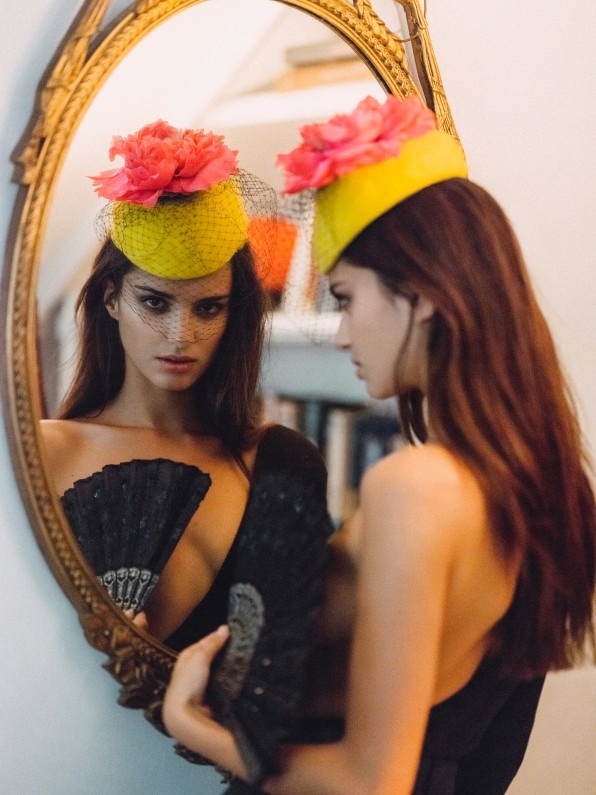
These days, however, younger women are upending that fascinator convention, as well as the traditional fits of other styles of hat.
“I think that the younger generation are more comfortable to wear hats now than 10 years ago,” Newman says. “They also will take a fedora, say, and put it on the back of their head.”
She doesn’t mind the new looks, even as she continues to use traditional millinery techniques honed over three decades of experience.
“It’s okay, because fashions have changed. They don’t want to wear it the same way that their mother or grandmother did.”
Particularly if the pictures end up on Instagram.
Fast Company , Read Full Story
(29)

